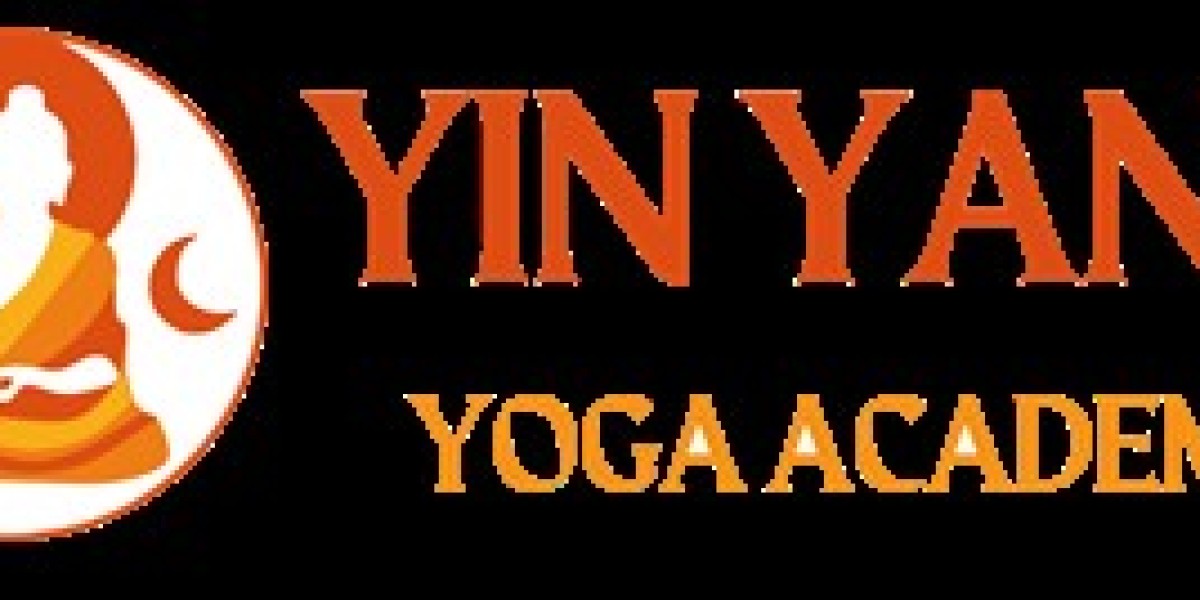Kemetic yoga is a powerful and spiritually enriching practice rooted in the ancient Egyptian system of physical postures, breathwork, and meditation. This form of yoga is based on the poses found in temple walls and hieroglyphs, most notably from ancient Kemet (the original name for Egypt), and is designed to cultivate harmony within the body and soul. For those just beginning their journey, starting with beginner Kemetic yoga poses offers a gentle yet transformative introduction to this sacred art.
What Is Kemetic Yoga?
Kemetic yoga differs from more widely known styles such as Hatha or Vinyasa in that it places a strong emphasis on geometrically-aligned movements, deep diaphragmatic breathing, and energy flow through the body’s natural channels. It incorporates postures and sequences inspired by depictions in ancient Egyptian hieroglyphs, believed to be tools for spiritual ascension and physical restoration.
Why Start with Beginner Kemetic Yoga Poses?
For newcomers, the foundational poses in Kemetic yoga are ideal for slowly building strength, improving posture, and developing a deeper connection to the breath. These poses help align the spine, improve circulation, and promote stillness of the mind. Starting with beginner Kemetic yoga poses also provides a safe space for self-reflection and healing, particularly for those seeking to reconnect with African ancestral traditions or looking for a more meditative approach to yoga.
Core Beginner Kemetic Yoga Poses
Here are a few of the most common poses you might encounter as a beginner:
Standing Pose (Pose of Immortality)
This foundational posture begins with standing tall, feet shoulder-width apart, arms at the sides or held in a triangular shape. It emphasizes proper spinal alignment and controlled breathing, helping practitioners become grounded and centered.Maat Ka Sequence
Named after the ancient principle of truth, balance, and order, this sequence involves a series of fluid movements that connect the breath with motion. It includes kneeling, forward bends, and arm extensions that gently open the chest and hips.Cobra Pose (Sphinx Variation)
A gentle backbend that stretches the spine and promotes energy flow through the chakras. In Kemetic yoga, this pose symbolizes rising consciousness and awakening internal power.Sky-Gazing Pose
Often performed seated or standing, this posture involves looking upward with arms lifted. It’s a heart-opening pose that encourages surrender, faith, and universal connection.Tree of Life Pose
Representing stability and spiritual growth, this pose requires balance and focus. Beginners often use wall support to maintain posture as they lift one foot and place it against the opposite thigh.
Tips for Practicing as a Beginner
Move Slowly and Intentionally: Unlike fast-paced flows, Kemetic yoga encourages deliberate and graceful transitions between poses. Take your time and focus on your breath.
Use Props: Cushions, yoga blocks, or straps can support your practice and help you maintain proper alignment.
Stay Consistent: Practicing a few times a week can yield noticeable improvements in posture, flexibility, and mental clarity.
Connect with Community: Whether online or in person, joining a Kemetic yoga class or community can provide encouragement and deeper cultural understanding.
Final Thoughts
Embracing beginner Kemetic yoga poses is more than just starting a new form of exercise—it's an invitation to engage with an ancient spiritual legacy that nurtures both body and soul. By grounding yourself in these poses, you open the door to greater self-awareness, healing, and connection to the wisdom of the ancestors. Whether you're seeking physical relief, mental clarity, or cultural reconnection, Kemetic yoga offers a meaningful and transformative path.








